Transportation and Hydrogen Newsletter—Fall 2019
Read this newsletter to get the latest information about NREL research projects, partnerships, and publications related to energy-efficient mobility technologies.
Research Highlights
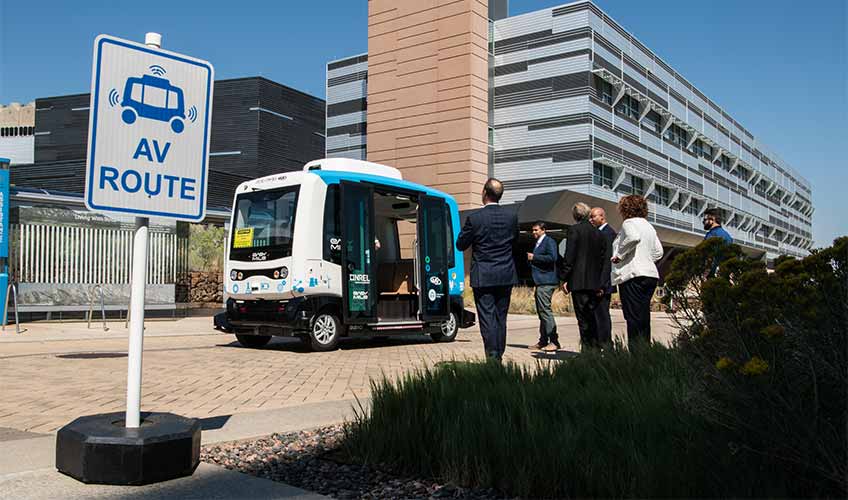
Automated Electric Shuttle Debuts on NREL Campus
NREL’s intelligent campus ventures accelerated this month with the introduction of an automated electric vehicle in its employee shuttle fleet. The EasyMile EZ10 shuttle is equipped with a full range of sensors and an intelligent vehicle system to detect obstacles and avoid collisions. Associated research efforts will provide insight into a variety of areas important to the connected, intelligent, and automated vehicle space. Learn more about NREL’s transportation research and its campus-wide sustainability efforts.
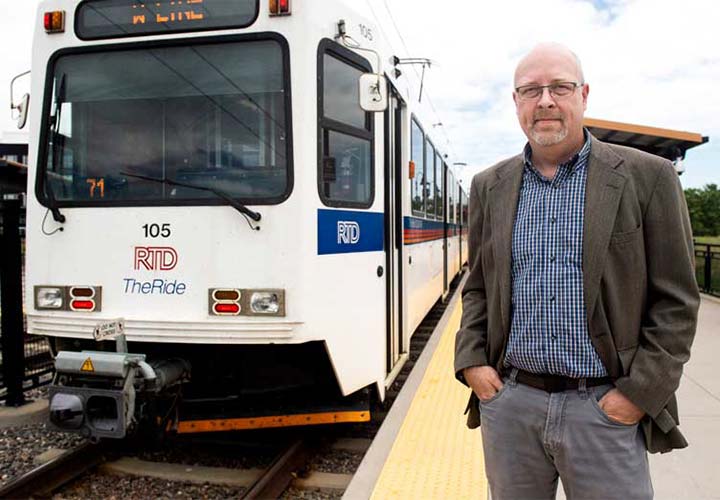
Boosting the Energy Efficiency of Personal Trips and the Overall Transportation System
One of 25 NREL-led projects funded by the Advanced Research Projects Agency-Energy, the Connected Traveler established a framework for steering individuals toward energy-efficient travel choices in response to real-time feedback and incentives. Pairing transportation modeling with behavior theory, vehicle connectivity, and mobile technology, the project team created the Metropia app showing individuals how much energy they could save by taking an alternative route, leaving at a different time, or finding another way to make a given trip. Based on the app’s debut in several cities, even modest incentives motivate people to make incremental behavioral changes that could add up to significant energy savings.
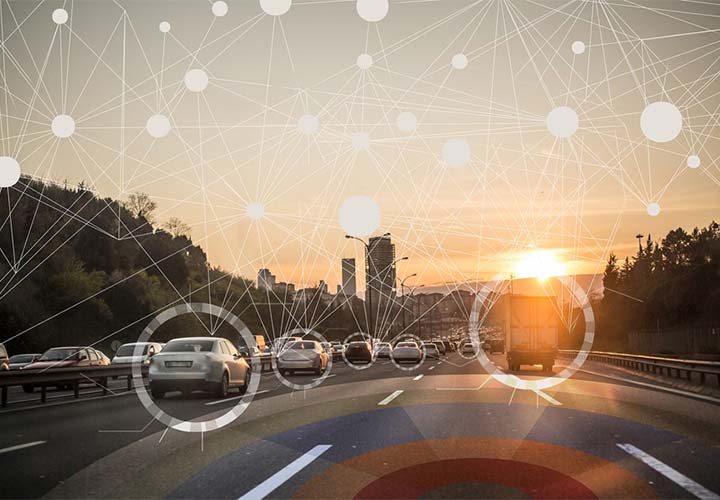
Industry Partnership Demonstrates Approach to Quantify Automated Vehicle Fuel Savings
A recent study conducted by NREL and Volvo Cars employed an NREL-developed approach to quantify efficiency impacts from automated vehicle technologies. Comparing the real-world fuel efficiency of cars with active/inactive adaptive cruise control—a partial automation technology that relies on cameras and radar sensors in a vehicle to set its speed and distance from the car in front—researchers saw a 5%–7% drop in fuel consumption in the cars using the technology.
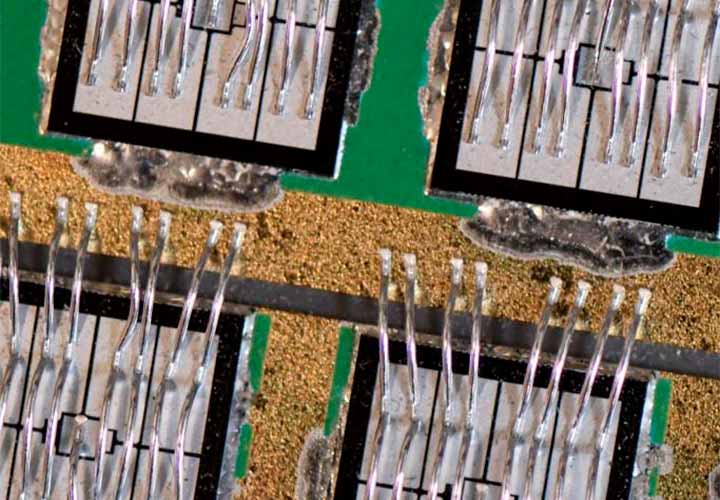
Modeling and Analysis Guide Use of Gallium Oxide Material in Power Electronics
Power electronics—such as inverters, converters, and chargers—are important components in electric vehicles and the electric grid. The results of a comparative modeling study point to gallium oxide’s potential as a game-changer for improving power semiconductor devices and ultimately making power electronic devices more reliable, higher performing, and cheaper to produce. With this study as the first step, researchers are looking to fabricate and evaluate high-performance gallium oxide vertical transistors.
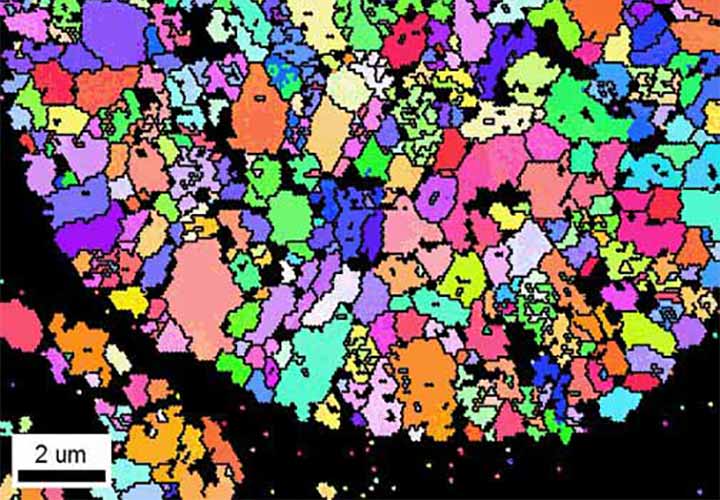
Small-Scale Images May Hold the Key to Large-Scale Lithium-Ion Battery Recycling
By looking closely at battery cells, NREL hopes to unlock the secret to scalable lithium-ion battery recycling and critical materials recovery. Researchers are analyzing batteries at the microscopic level to identify the changes that occur in battery materials over time. Because of the diverse structure and chemistry of materials in spent lithium-ion batteries, there may not be an optimal, one-size-fits-all recycling method. By thinking about end-of-life issues up front, NREL is working to reduce waste and mitigate critical material supply issues in the future.
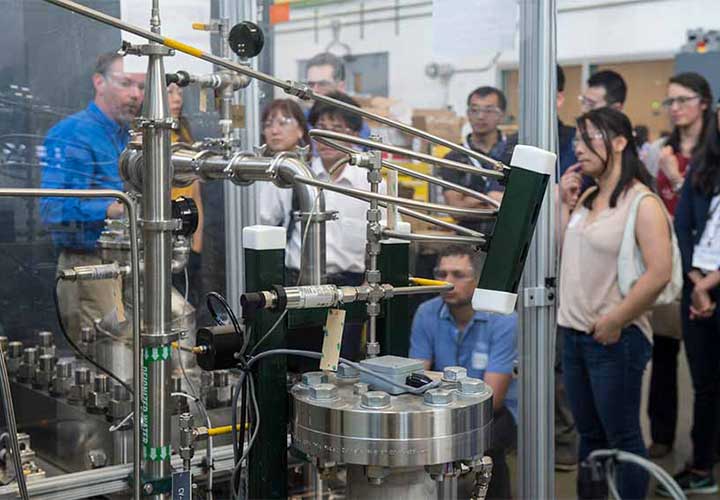
Imagining the Future of Next-Generation Batteries
Leading energy storage researchers, industry representatives, and manufacturers recently met in Golden, Colorado, for the twelfth annual Beyond Lithium-Ion Symposium to discuss next-generation electrical energy storage technologies. Today’s energy storage choice for many applications is lithium-ion batteries. Hosted by NREL, the symposium provided the opportunity to consider a multitude of innovative alternatives that could lead to further breakthroughs needed to enable scalable energy storage beyond current industry practices.
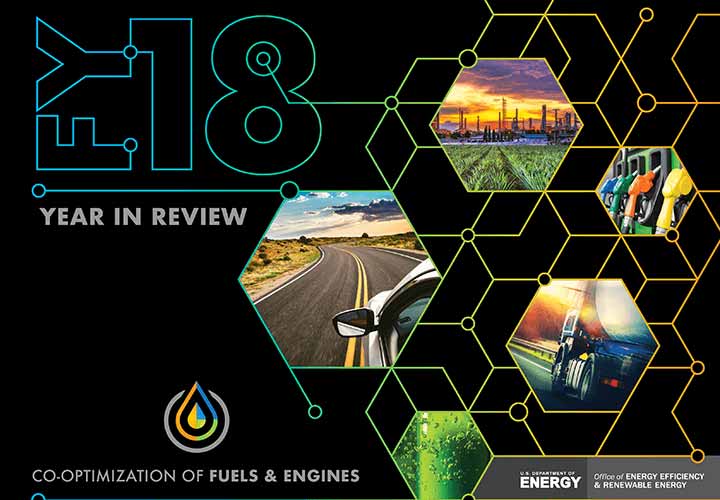
Co-Optima Innovation Drives Fuel Economy Gains
A gallon of fuel gets you farther down the road than it ever could before, but we’re approaching the limits of what today’s vehicles can do. That’s where DOE’s Co-Optimization of Fuels and Engines (Co-Optima) initiative comes in. A nationwide team of top scientists, engineers, and analysts is tackling efficiency and performance issues by simultaneously improving fuels and engines. A recent report describes breakthroughs in understanding how fuel properties affect thermal efficiency, how engine design and fuel characteristics work together, and what factors influence market viability. Learn more via the Energy Department’s Co-Optima website.
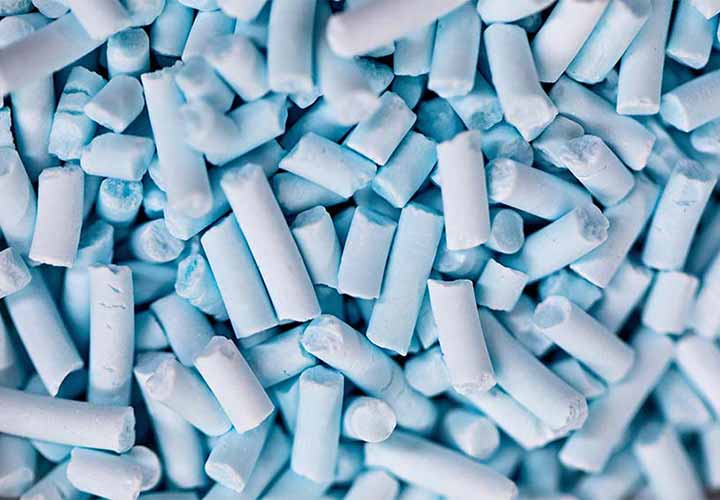
NREL Determines Cheaper Path to High-Efficiency Gasoline
What do these bright blue pellets have to do with efficient fuel? They’re the key to NREL’s cheaper new method of producing high-octane gasoline from methanol. The traditional method of converting methanol—which can be produced from woody biomass—to gasoline is expensive and inefficient and produces lower-grade fuel. Enter copper beta zeolite. This eye-catching catalyst resulted in 38% more yield at 29% less cost, with higher-grade gasoline as the product. See what else this breakthrough means for methanol in the NREL news story or Nature Catalysis article.
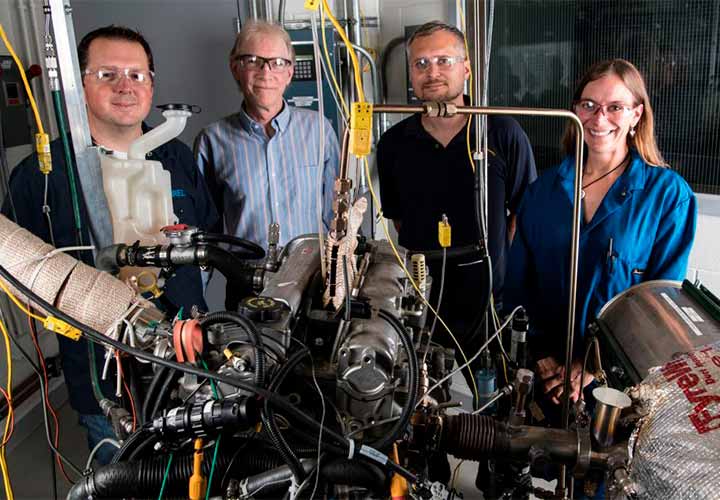
Examining Ethanol Blending for Cleaner Emissions
In pursuit of cleaner emissions, scientists have struggled for a decade with an anomaly when blending ethanol and gasoline. Ethanol is not prone to soot formation, so it’s expected to lower particulate matter emissions, and often does. However, gasoline can contain high boiling aromatics—hydrocarbons derived from petroleum—which when combined with high evaporative cooling can inhibit complete aromatics evaporation. Liquid fuel droplets can’t completely mix with air, which leads to increased soot formation during combustion. In their quest for a solution, researchers discovered that gasolines containing low boiling point aromatics result in cleaner burning fuel when blended with ethanol. Also, even with high boiling aromatics, the effects of ethanol blending can be mitigated by fuel injection calibration changes. Learn more in this Applied Energy journal article.
Get to Know Our Team: Matthew Thornton
Matthew Thornton joined NREL in 2000 and today manages the fuels and combustion science group. This crosscutting group explores the chemical basis for how biofuels, advanced petroleum-based fuels, fuel blends, and natural gas perform in engines, vehicles, and infrastructure systems. In conjunction with his NREL position, Thornton holds joint appointments at Colorado State University and the Colorado School of Mines, where he teaches a course he developed on transportation, energy, and the environment. He earned his Ph.D. in civil and environmental engineering from the Georgia Institute of Technology.

In the News
A Green Car Reports article cited the results of the aforementioned study conducted by NREL and Volvo on the efficiency impacts of adaptive cruise control. The study was unique in its use of real-world driving data from 18,500 trips to assess how much more efficient cars with driver-assistance features can be. Axios ran a similar article.
Must Reads
As the nation’s premier facility for energy-efficient transportation research solutions, NREL blazes new trails with novel approaches that combine vehicle, building, and infrastructure connectivity and automation to optimize mobility and increase energy efficiency. View our new overview brochure to learn how NREL is transforming energy through sustainable mobility.
Hydrogen is a flexible energy carrier that could help integrate the electricity and transportation sectors, but the cost to implement hydrogen electrolysis systems is considered high. A Joule article detailing NREL’s assessment of electrolyzers operating under more than 7,000 different electricity rates reveals cases where hydrogen is already cost-competitive with gasoline.
Maintaining a desired temperature range is critical in optimizing the lifespan, safety, and performance of electric vehicle batteries. A recent Journal of Power Sources article explores the use of aluminum heat sinks to mitigate thermal runaway in lithium-ion batteries. Another article in the journal focuses on intentionally inducing worst-case thermal runaway scenarios via a novel internal short-circuit device for assessing battery system safety.
Did You Know?
NREL Researcher Matteo Muratori will chair the “Electrified Transportation: A Rising Nexus” session at the INFORMS Annual Meeting in October in Seattle, Washington. Also catch his “Scenarios of Transportation Electrification” talk during the “Electric Vehicle-Based Mobility and the Power Grid” session.
Share

